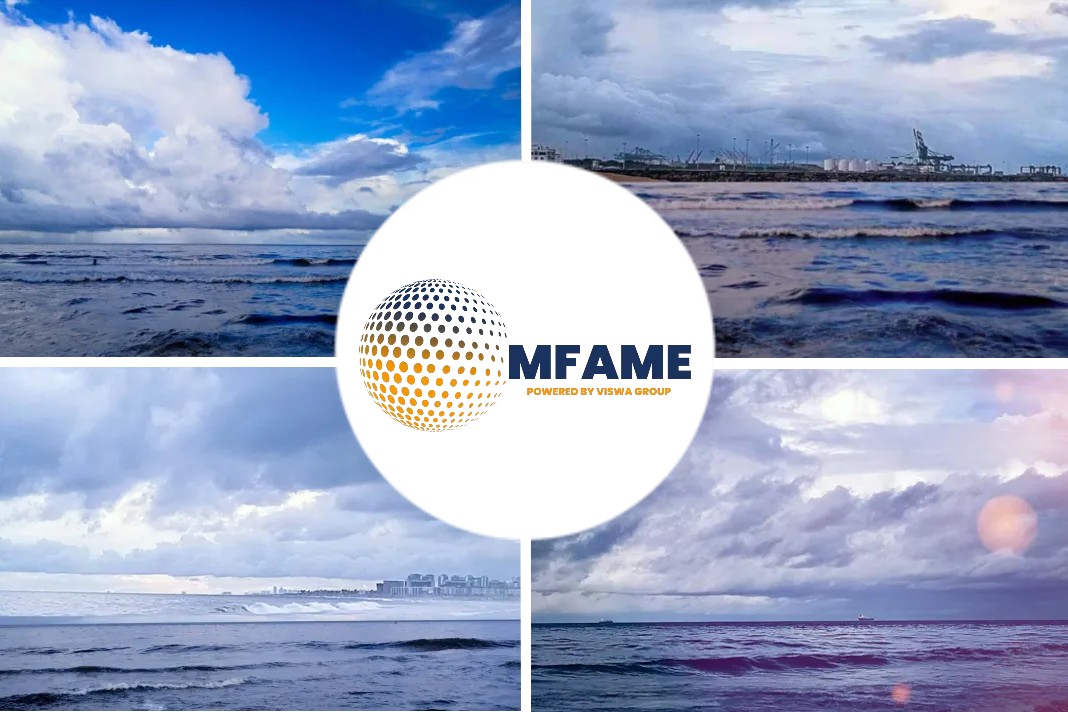A Riviera Maritime white paper evaluates the possibilities and challenges of substituting the function of the lookout with a technology-based system.
Functional descriptions for lookout
When assessing the possibilities of defining a machine-based visual lookout for use in ships in international commercial traffic, it quickly becomes apparent that the current legal system needs some adjustment.
The provisions in SOLAS, STCW 2010 and COLREG are very descriptive with the weight of requirements on matters such as the design and construction of the bridge and the vision and hearing of the able seaman or rating of the watch. In a goal-based system, it would be preferred to develop functional descriptions for the lookout, with the minimum levels of information input defined.
In general, the practice of automating functionalities in the marine industry has a requirement to achieve “equal or better” level of safety with use of an automated system, in comparison to a manual one.
Safety challenge
The main challenge is, therefore, to define the current level of safety. Human performance is defined rather vaguely in regulations, and depends significantly on the person, health, alertness, time of day, environmental conditions, etc.
It is evident that the different combination of all affecting circumstances will add up to a very various quality of the human performed visual lookout. This makes defining the current performance level not at all straightforward.
Need for minimum threshold
In the current regulatory system, there are no quantitative threshold values, which would define the minimum performance level. In order to define the requirements for the technology that would achieve “the same or equal” performance as the human lookout, such minimum quantitative threshold values and functional requirements are needed.
The main challenge from the regulatory perspective today is defining how to regulate the human eye-sight and decision-making abilities based on the sensory input. This paper mainly focuses on the open sea navigation tasks with no land in sight and where other vessels are generally far away.
Electronic lookout function
This paper assesses the performance of an electronic lookout function from the available sensory input data and associated fundamental limitations of the visual lookout performed by a human.
The conclusion demonstrates that an equal, or better, level can be achieved by means of technology. In addition, this paper does not study audible sensory input. Following the introduction of totally enclosed bridges, it is generally accepted that the audible signals can be provided by a sound reception system (SOLAS Ch. V/19.2.1.8).
Did you subscribe to our daily newsletter?
It’s Free! Click here to Subscribe!
Source: Riviera Maritime Media


















